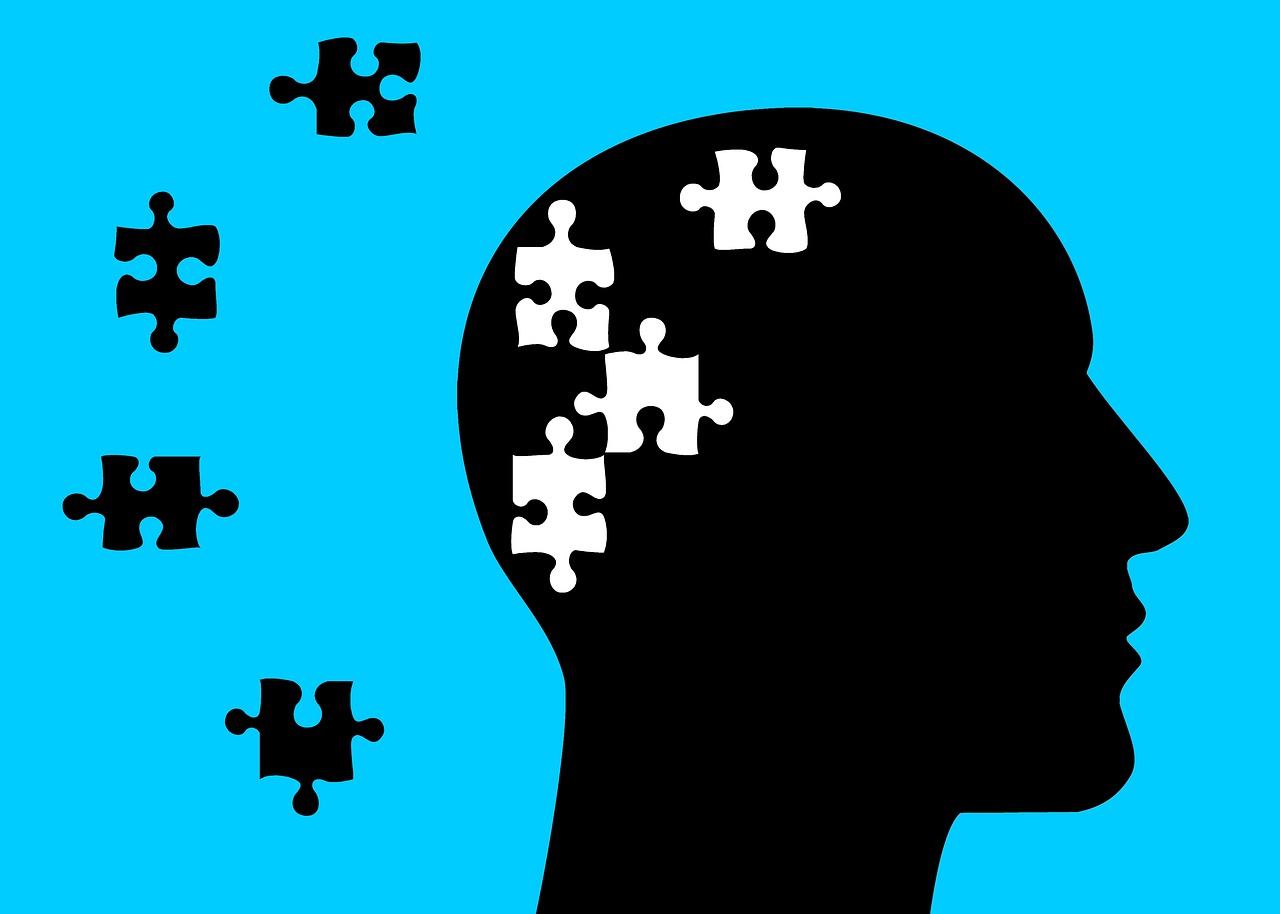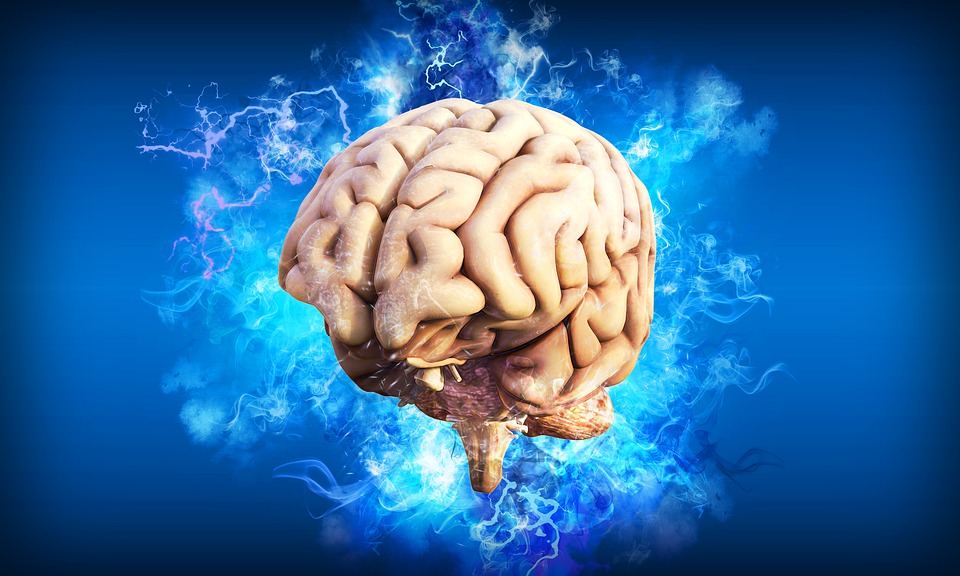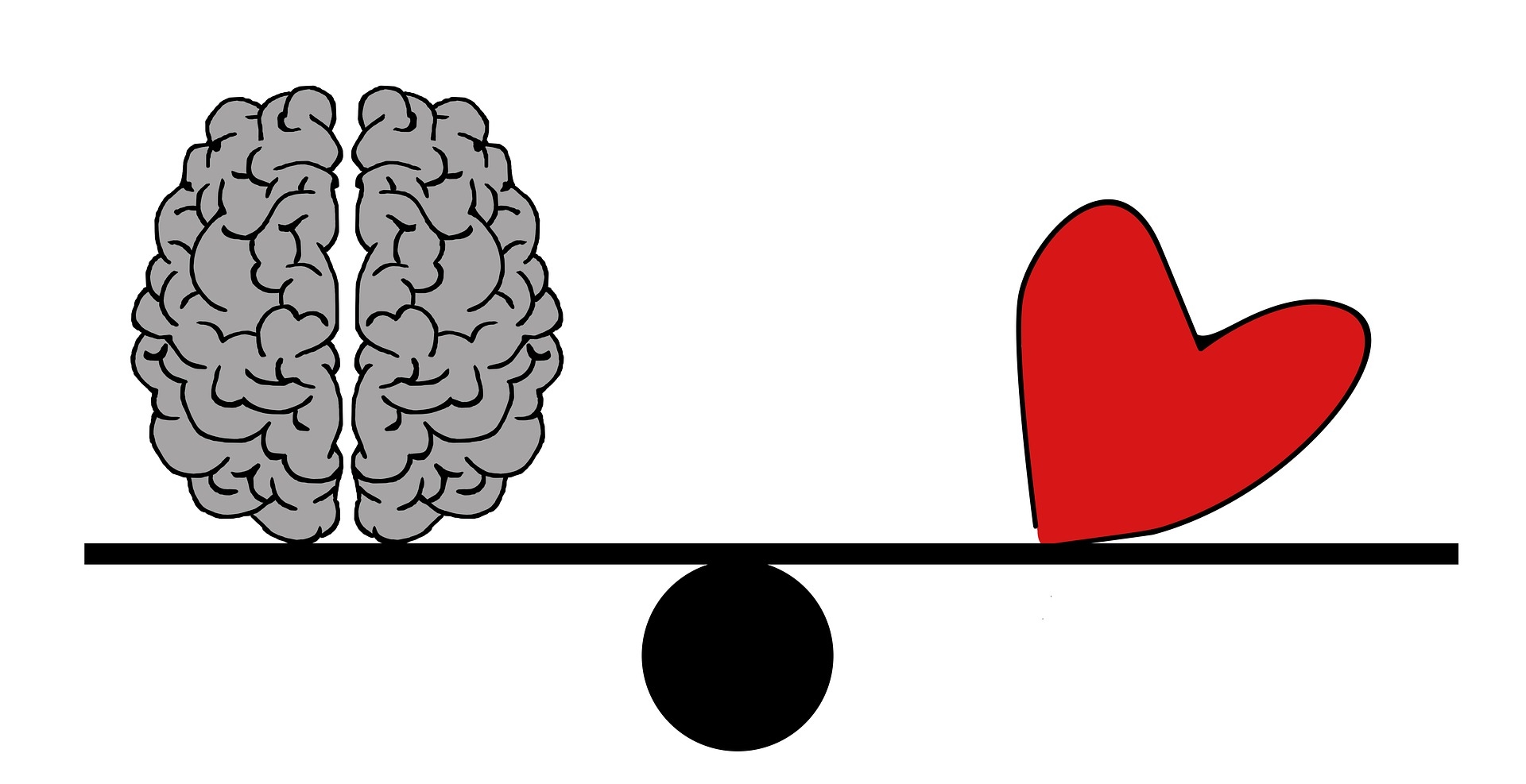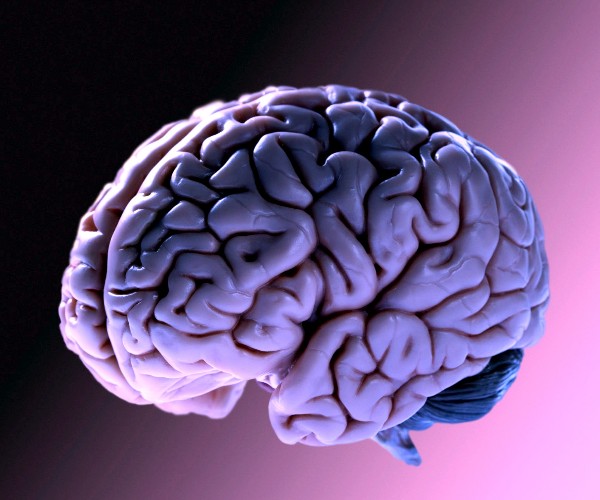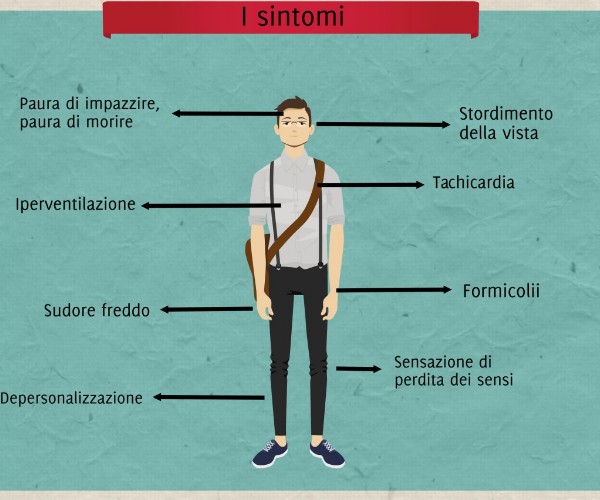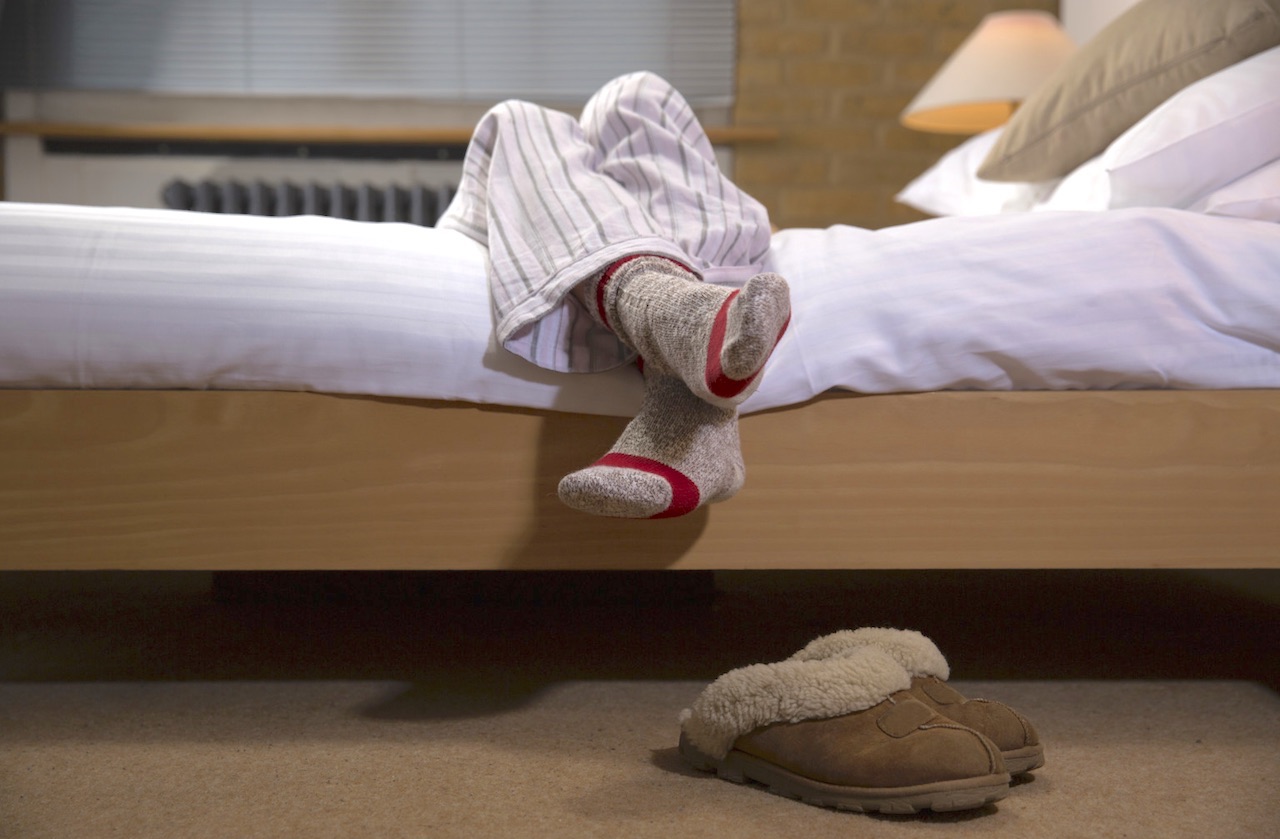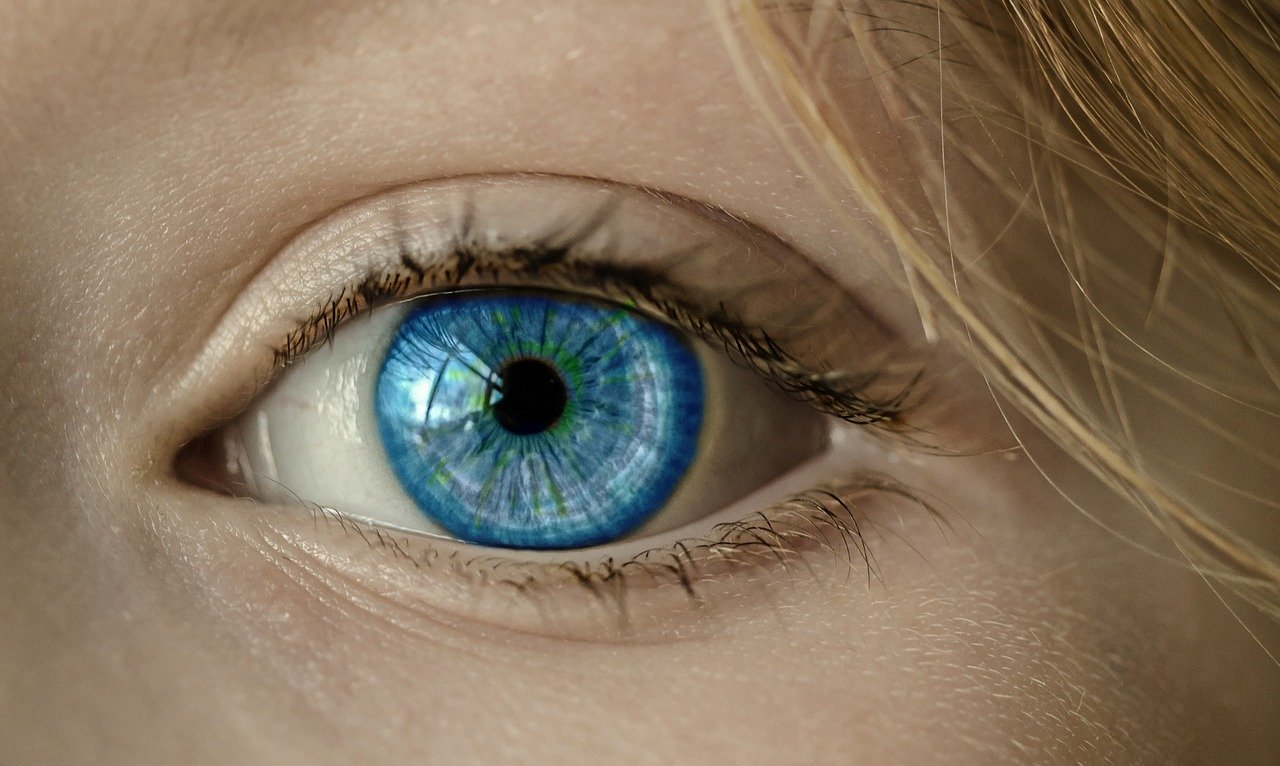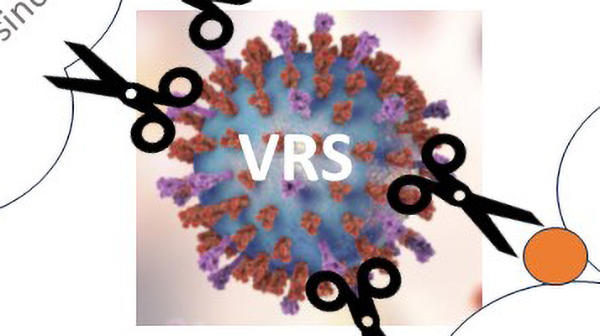Alterations in key nerve circuits, but with family foster care, recovery is possible
A research team from Harvard Medical School‘s Boston Children’s Hospital has documented, in JAMA Pediatrics, the alterations that occur in the brain circuits of children who lived in orphanages in Bucharest. The study, which began in 2001, is part of a project, called the Bucharest Early Intervention Project, involving the 6 orphanages in the Romanian capital, three U.S. Universities led by Harvard, three Foundations, led by the Mac Arthur Foundation of Chicago, whose goal is to examine the effects of childhood institutionalization on brain and behavioral development and, at the same time, to test whether family foster care has the ability to recover from brain damage.
The characteristics of the study are very unique. 136 children around two years of age, who had been in an orphanage since birth or at least for a few months after birth, were randomly divided (randomized) into two groups, one sent to foster care and the other who remained in the orphanage. A choice that instantly puzzles, but it should be known that, prior to this project, there was no adoption program in Bucharest, which therefore begins with the activity of the U.S. group, which covers the costs of fostering and the training of social workers who will be responsible for providing ongoing support to foster families. Finally, the study included a control group consisting of Bucharest children of the same age living with their families. All children were observed for about 8 years at regular intervals, monitoring their intellectual and behavioral development until then ages 9 to 11. Finally, a sample from each of the three groups was selected to be subjected to a meticulous and extensive brain investigation carried out using the Diffusion Tensor technique. This technique, abbreviated DTI (tensor diffusion imaging), allows visualization of the bundles of white matter fibers that connect brain areas to each other.
Children in orphanages showed alterations in white matter microstructure in a number of circuits and namely: the central part (so-called body) of the corpus callosum, cingulum, corona radiata, fornix, external capsule, retro-lenticular area of the internal capsule, and medial lemniscus. Brain images of all these brain circuits of institutionalized children, with the only exception of the retro-lenticular area of the internal capsule, show linkage deficits, which also explain the behavioral, cognitive and emotion management disorders that, with greater frequency, are present in these abandoned children. Intriguing is the exception of the retro-lenticular area of the inner capsule, which, instead of ‘weakening, is shown to be thickened and thus more functional. This area is part of the visual system and is the sensory area studied along with the medial lemniscus, which is a nerve pathway that transports sensation from the body to the brain, which, on the other hand, is deficient like all other circuits. One would think that in institutionalized orphans there would be greater visual acuity, as a need to be alert at all times, and poor tactile sensitivity, a dulling of the senses from lack of caresses and more generally from poor human contact .
Children in foster care, on the other hand, show brain images quite similar to children living with families, although some alterations in the white matter are still visible in the corpus callosum and corona radiata. This study is of great importance not because it is the first. Most recently, work by RJ Davidson’s group at the University of Wisconsin-Madison, in Biological Psychiatry on Feb. 15, documents, in children who have been abandoned or subjected to physical abuse or economic misery, structural alterations on key gray matter areas such as the amygdala and hippocampus. The importance of the Harvard study lies in the fact that it is a randomized controlled, prospective design with within it the demonstration that family foster care is not only an ethical obligation to these “innocents” (after whom the famous orphanage in Florence was named), but it is also an effective health intervention, which even in our country, which has abolished orphanages since 2006, it would be appropriate to extend without delay. There are about 15,000 minors in foster homes, which are certainly not orphanages but are obviously not families either, with an estimated economic cost of more than 40,000 euros per year per child. This money could be better spent.
by Francesco Bottaccioli



